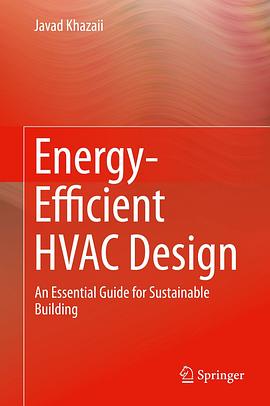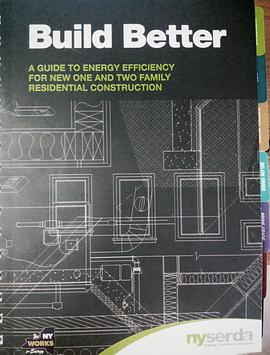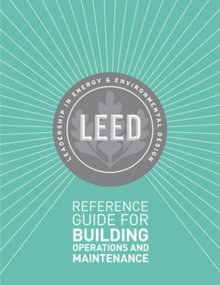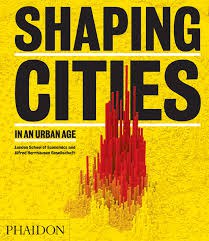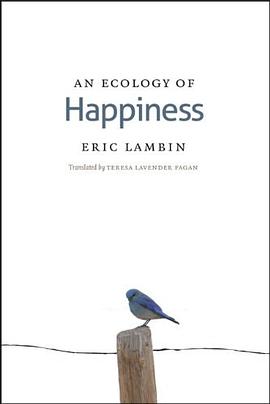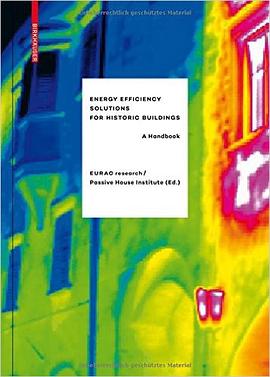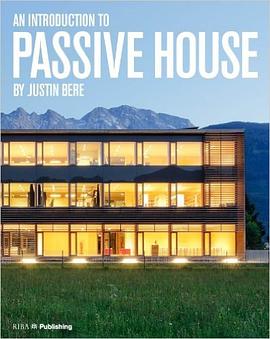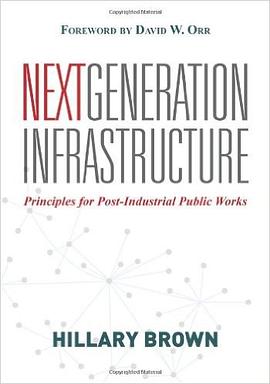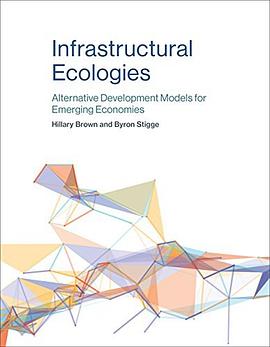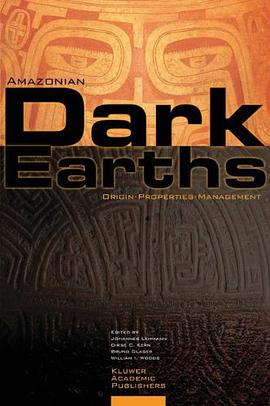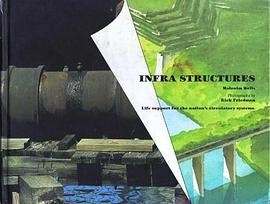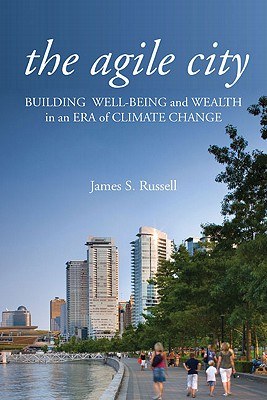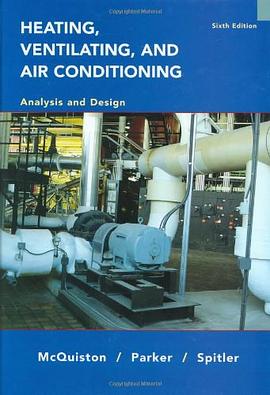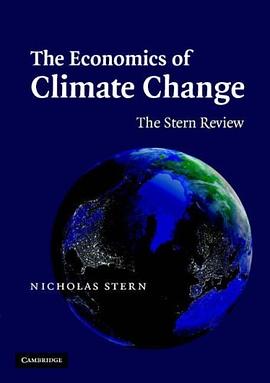Part I Introduction
1 A Challenging Task ................................................................................. 3
Part II Collaboration
2 Integrated Design .................................................................................... 9
2.1 Conventional Design and Construction Strategies and Players ....... 9
2.2 Integrated Design ............................................................................. 11
2.3 Energy Conscious-Integrated Design Approach .............................. 13
2.4 Other Tools ....................................................................................... 14
Reference .................................................................................................. 15
3 Categorizing Knowledge ........................................................................ 17
3.1 Knowledge Management ................................................................. 17
3.2 Community of Practice .................................................................... 18
3.3 Creating Proper Categorized Knowledge
for Building Industry Community of Practice ................................. 21
References ................................................................................................. 29
Part III Frameworks and Standards
4 Frequently Used Codes and Standards ................................................. 33
References ................................................................................................. 36
5 Performance-Based Standards .............................................................. 39
Reference .................................................................................................. 46
6 Indoor Air Quality .................................................................................. 47
6.1 Main Sources of Problem ................................................................. 47
6.2 Moisture Control .............................................................................. 48
6.3 Contamination Control................................................................... 50
References ................................................................................................. 51
7 Protective Design Practice ...................................................................... 53
7.1 Main Concerns ............................................................................... 53
7.2 Engaging in a Contract Agreement ................................................ 54
7.3 Negligence ..................................................................................... 56
7.4 Standard of Care ............................................................................ 56
7.5 Summary ........................................................................................ 57
Part IV Systems and Controls
8 HVAC Systems ......................................................................................... 61
8.1 Early Years ..................................................................................... 61
8.2 New Era and Attention Towards Energy Effi ciency ...................... 62
8.3 A Brief Review of the Most Applicable HVAC Systems .............. 63
8.4 Chilled Water Systems (Chillers) ................................................... 63
8.5 Heating Systems (Boilers) ............................................................. 64
8.6 Direct Expansion (DX) Unitary Systems ....................................... 66
8.7 Variable Volume Package Rooftop Unit ........................................ 67
8.8 Self-Contained Water-Cooled Air Conditioner .............................. 67
8.9 Packaged Terminal Air Conditioner .............................................. 68
8.10 Water Source Heat Pump ............................................................... 69
8.11 Ground Source Heat Pumps ........................................................... 69
8.12 Airside Systems ............................................................................. 70
8.12.1 Traditional Airside HVAC Systems ................................. 70
8.12.2 Constant Air Volume System with Bypass Variable
Air Volume Terminal Units with Reheat .......................... 71
8.12.3 Variable Air Volume System with Variable Volume
Terminal Units with Reheat ............................................. 72
8.12.4 Variable Air Volume System with Parallel Fan
Powered Units .................................................................. 73
8.12.5 Variable Air Volume System with Series
Fan-Powered Units ........................................................... 74
8.12.6 Changeover Bypass VVT ................................................. 75
8.12.7 Fan Coil Units .................................................................. 76
8.13 Advance Energy-Effi cient Airside HVAC Systems ....................... 77
8.13.1 Under-Floor Air Distribution CV .................................... 77
8.13.2 Under-Floor Air Distribution Parallel
Fan-Powered VAV ............................................................ 79
8.13.3 Under-Floor Air Distribution Series
Fan-Powered VAV ............................................................ 80
8.13.4 UFAD VAV w/ Baseboard Heating .................................. 81
8.13.5 Displacement Ventilation CV .......................................... 82
8.13.6 Displacement Ventilation VAV ........................................ 83
8.13.7 Displacement Ventilation w/ Passive Chilled Beams ....... 84
8.13.8 Active Chilled Beams ...................................................... 85
8.13.9 Hybrid Ventilation ............................................................ 86
8.14 HVAC System Selection ................................................................ 89
References ................................................................................................. 90
9 Building Automatic Controls ................................................................. 91
9.1 Importance of Building Automatic Controls ................................. 91
9.2 A Brief Overview of Communication Systems ............................. 91
9.3 Control Algorithms ........................................................................ 93
9.4 Direct Digital Control .................................................................... 94
9.5 Sequence of Operation ................................................................... 96
9.6 Advanced Control Strategies for Energy Saving ........................... 103
9.6.1 Demand Ventilation Control ............................................ 103
9.6.2 Optimum System Start or Stop ........................................ 103
9.6.3 Fan-Pressure Optimization for VAV Systems .................. 104
9.6.4 Unoccupied Ventilation (Night Purge) ............................. 104
9.6.5 Chilled Water Temperature Reset .................................... 104
Reference .................................................................................................. 104
Part V Energy Modeling, Sustainability Scoring Systems
and Renewable Energy
10 Energy Modeling ..................................................................................... 107
10.1 Basics of Load Calculations and Energy Modeling ....................... 107
References ................................................................................................. 111
11 Sustainability and Energy Conservation Scoring Systems ................. 113
11.1 BREEAM ....................................................................................... 116
11.2 HQE® ............................................................................................. 117
11.3 LEED ............................................................................................. 117
11.4 CASBEE ........................................................................................ 118
11.5 Other Sustainability Scoring Tools ................................................ 119
References ................................................................................................. 120
12 Renewable Energy and Sum-Zero Energy Buildings .......................... 121
12.1 Renewable Energy Types ............................................................... 122
12.1.1 Geothermal Energy .......................................................... 122
12.2 Solar Power Technologies .............................................................. 124
12.2.1 Photovoltaic (PV) Technology ......................................... 124
12.2.2 Concentrating Solar Power Systems ................................ 126
12.3 Wind Power .................................................................................... 129
12.4 Biomass, Biofuel, and Bio-Power .................................................. 129
12.4.1 Biomass ............................................................................ 129
12.4.2 Biofuels ............................................................................ 130
12.4.3 Bio-Power......................................................................... 131
12.5 Hydropower ................................................................................. 131
12.6 Ocean Energy ............................................................................... 131
12.7 Sum-Zero Energy Buildings ........................................................ 133
Part VI Uncertainty and Risk Management
13 Uncertainty and Risk Management ...................................................... 139
13.1 Probabilistic Versus Deterministic Simulation ............................ 139
13.2 Implementing Uncertainty and Sensitivity Analysis
in Energy Modeling ..................................................................... 141
13.3 Uncertainty and Sensitivity Analysis Defi nitions ........................ 142
13.4 Uncertainty Quantifi cation Techniques ........................................ 142
13.5 External Methods ......................................................................... 142
13.5.1 Local Methods ................................................................ 143
13.5.2 Global Methods (Sampling-Based Methods) ................. 143
13.6 Internal Methods .......................................................................... 145
13.7 Uncertainty Result Presentation ................................................... 146
13.8 Types of Probability Distribution ................................................. 146
13.8.1 Discrete Distribution ...................................................... 146
13.8.2 Even Distribution ........................................................... 146
13.8.3 Normal Distribution ....................................................... 147
13.8.4 Log Normal Distribution ................................................ 148
13.8.5 Triangular Distribution ................................................... 148
13.8.6 Uniform Distribution ...................................................... 149
13.9 Uncertainty in Energy Modeling.................................................. 149
13.10 Risk Management and Decision Making ..................................... 151
References ................................................................................................. 158
Index ................................................................................................................. 159
· · · · · · (
收起)
